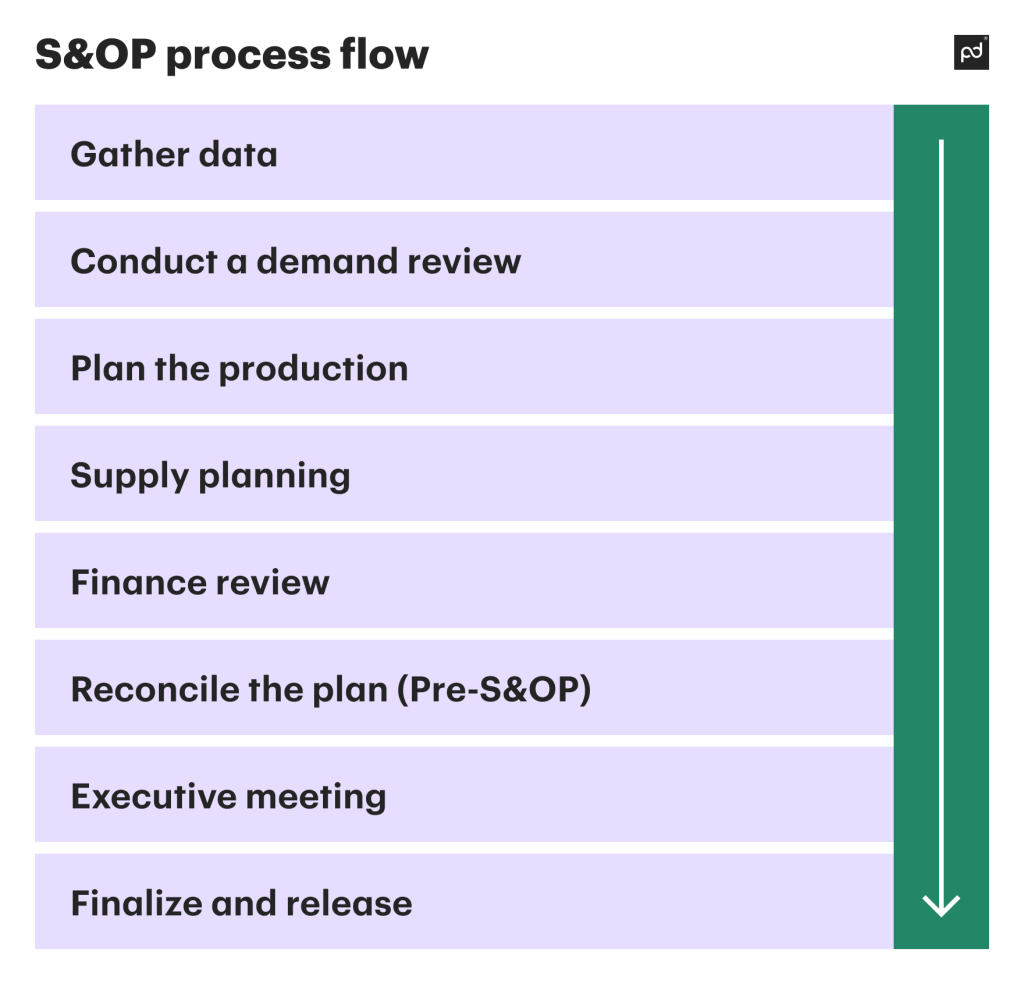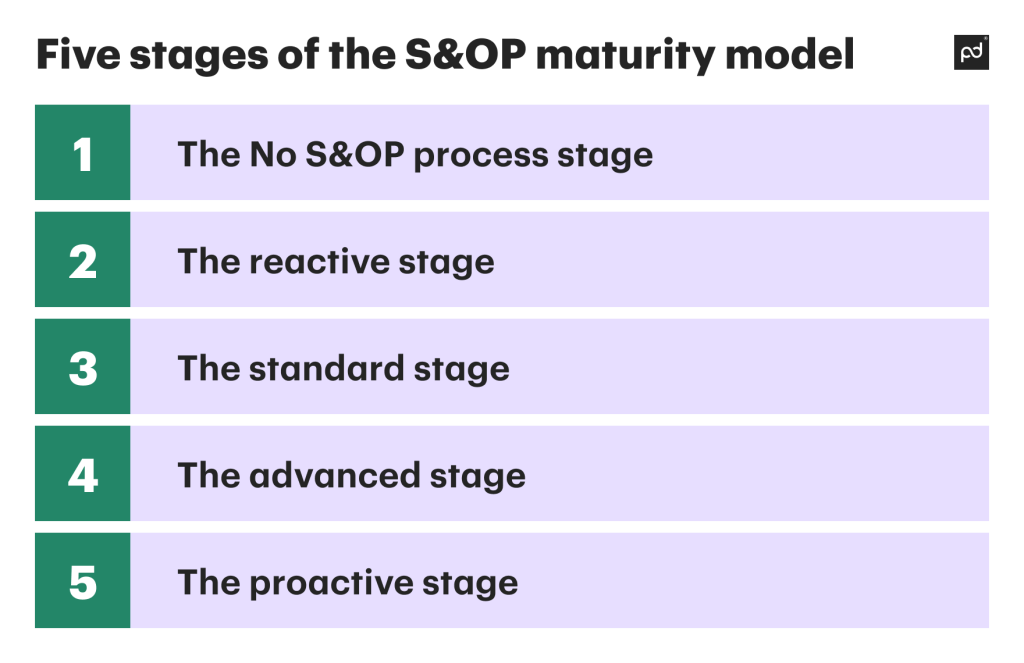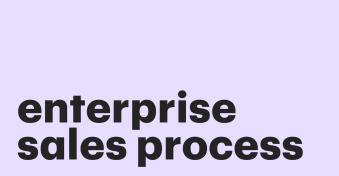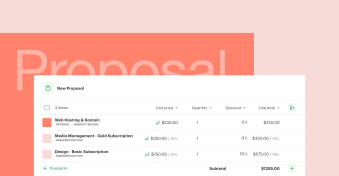The sales and operations planning process should guide your inventory-related decisions, and it should help you develop better relationships with your customers, but “should” can only take you so far on its own.
That’s why we’re going to explore all the details regarding S&OP.
What is S&OP?
If you’re wondering “what does S&OP stand for”, the quick answer is “sales and operations planning”.
Of course, that does little to tell us what S&OP actually is, so we’ll delve into that next.
S&OP involves putting together a business plan targeted towards managing inventory costs and improving company service levels in one go.
That plan should be more encompassing than standard inventory planning, because it should account for input from lots of different parties.
Or, to put it as simply as possible, S&OP involves creating a plan that:
- Takes everyone’s opinions into account
- Relies on compromises that work for the whole business
- Includes multiple teams
- Lets the company control inventory costs
- Boosts service levels.
What is the common S&OP process flow?
We’ve established what a sales inventory and operations planning process is, so now it’s time to consider the nitty-gritty of how it works.
We’ll take you through all the steps associated with the typical sales and operations planning process flow, to give you a clear idea of how S&OP looks in a realistic sense.
Additionally, you’ll be able to follow the sales and operations planning process steps below to implement your own S&OP process.

With that said, let’s start with the first step, data gathering:
1. Gather data
Anytime you want to write a business plan, you’ve got to start by making sure you have all the information you need, and the S&OP process is no exception.
Collecting information before you do anything else lets you ensure you exclusively make informed decisions and that your plan is based on facts rather than conjecture.
Data gathering for S&OP plans involves focusing on a few key factors. These are:
- Sales your company has made in the past
- Current trends within your industry
- Forecasts in comparison to facts.
It’s possible to collect this information by hand. However, you can save a great deal of time by relying on integrated business planning software or dedicated S&OP tools to do it for you.
Regardless of your approach to data collection, be sure you gather as much information as you can at this stage.
It’s always better to have extra information that you might not use, than to realize that you’re lacking data at a later stage.
2. Conduct a demand review
Next, you’ve got to evaluate the demand for the product(s) your sales will be focused on.
That means considering demand forecasts alongside real-time demand reports.
You’ll want to know who wants your products, as well as what sorts of quantities they’ll be likely to order.
You’ll want to do extensive demand planning in this early stage to prevent the chance of demand-related problems cropping up later.
For example, by knowing everything about the current demand state, you’ll reduce the chances of under/overstocking.
This leads to happier customers later down the line, which is always a great bonus.
3. Plan the production
So, you’ve got all the details you need about your demand.
Now it’s time to use that information to create an actionable business plan for production.
Depending on the nature of your company, the people responsible for this task can vary.
If you’re a large company, you might have dedicated planners within your sales team or perhaps an entire team dedicated to hashing out these sorts of details.
Small businesses, on the other hand, won’t always have the resources for a whole position dedicated exclusively to this type of planning.
In which case, they can benefit from a strategic partnership agreement with a freelancer or other third party that can help them get their production plan in order.
A quick note: Proper planning software makes this step significantly easier to complete. If you’re in doubt, you can never go wrong with a dedicated planning tool.
4. Supply planning
Once you’ve got your strategic plan in place for production, you’ll want to start putting together tactical plans to govern your approach to supply chain management and general procurement.
Ideally, this doesn’t involve setting up brand-new supply chains every time you want to roll out new products.
You’ll generally have established supply chains that you rely on already, though you might have to make some adjustments depending on new changes you want to implement.
Please note that supply chain planning is crucial to the success of your overall S&OP.
After all, if you don’t have the supplies to sell to customers, you can’t make any sales. That’s why it’s always vital to dedicate enough time to this step.
5. Finance review
Now it’s time for another type of planning: Financial planning.
More specifically, you’ve got to check your budgets and make sure you’ll have room for everything you need to make your sales plan a success.
From product development to lead procurement to marketing, and well beyond, everything takes time and money.
You need to know you can afford a campaign before you launch it.
This is why you’ve got to have the right experts available to conduct your finance review.
6. Reconcile the plan (Pre-S&OP)
During your pre-S&OP meeting, you’ll be talking about the plan you’ve developed at length.
Some of the things you’ll want to cover include:
- Areas of the plan that need work or additional input
- Time frames for the implementation of your plan
- Goals that the plan aims for
- Any specific prerequisites that the plan hinges on.
Essentially, what you’re doing in this stage is double-checking with all relevant parties that you can pull it off.
If you’re worried about any particular aspects of the plan, this is the time to bring them up.
For example, let’s say you’re concerned about the sales tactics your sales team is using.
In that case, you’d want to make room to discuss sales training techniques for sales managers and reps.
This step generally takes less time than the ones before it.
That’s because one (potentially extensive) meeting tends to be enough to bring up any important points with the right people.
It might take some time for those individual points to be addressed, however.
7. Executive meeting
By this point, any major issues with the plan will have been fixed or addressed as they needed to be. That means it’s time to take things to the executive team.
You’ll want to host an executive S&OP meeting for the major executives and decision-makers.
During this meeting, you’ll have a chance to introduce the polished plan to the people who will be approving it—and they’ll have the opportunity to raise any issues they might have with it.
If all goes well, you’ll only need to make minimal changes to the plan as a whole by this point before progressing to the next stage.
The executive meeting has to come immediately before the last step because everyone else needs to have said their piece about the plan first.
This allows you to present executives with exclusively the most well-crafted, highly-polished version of the plan.
8. Finalize and release
This is probably the most satisfying part of the whole process.
When it comes time to finalize and release your S&OP plan, you’ll know it’s as good as it can possibly get. Everyone who’s seen it has signed off on it, and all relevant parties approve of it.
That means the only thing left is to turn it from a theoretical plan into a practical one.
It falls on the S&OP leader to ensure that the final version of the plan is then closely followed.
This helps guarantee that it’s easy to identify where any potential problems may have come from and makes it easier to put together an excellent plan in the future.
Five stages of the S&OP maturity model
There’s no such thing as one concrete S&OP plan that works for absolutely every business.
With that said, however, there are specific ways in which you can upgrade the sophistication level of your sales & operations planning.
In the same way that you can use a guide to setting sales quotas to start ensuring you’re completing that workflow in the most effective way possible, you can use this S&OP maturity model to get the most out of your S&OP process:

The no S&OP process stage
Since this is a maturity model, this first stage is the least developed (or most “‘immature”) version of the S&OP process.
The defining characteristic of this stage is a lack of coordination. You might be stuck on this stage if your S&OP process:
- Is entirely done by hand, without the help of dedicated tools and software
- Involves using spreadsheets instead of specific reporting tools
- Relies on informal or unstructured meetings to coordinate things
- Skips any of the steps outlined in the previous section
- Doesn’t account for the goals and objectives of everyone involved in it.
As you might have guessed, this stage doesn’t make for the most effective S&OP process. That’s why you’ll want to improve it by taking it to the next level.
The reactive stage
In this case, the name says it all. S&OP processes at this stage rely on responding, or reacting, to the circumstances in which they’re used.
So, if you notice that there’s demand for a particular product, you’d develop an S&OP plan to get that product out in response.
Signs that you’re in the reactive stage include:
- Starting to match your supply to your customers’ demand
- Picking up on trends and acting accordingly
- Using some degree of forecasting to help you predict what to respond to
- Beginning to account for supply chains so you can coordinate reactions
- Sticking with the individual-teams-for-themselves mindset that the previous stage uses.
While it’s somewhat better than the first stage, the reactive stage is ultimately nowhere near as optimized as an S&OP process can get.
Let’s keep going and find out what better optimization looks like.
The standard stage
Most companies should hopefully find themselves at this stage.
It essentially relies on doing everything the previous two stages do, but better and more smoothly. Examples include:
- Departments working together to create a coordinated effort behind your S&OP process
- Moving away from spreadsheets and towards proper, dedicated tools
- Creating well-balanced end-to-end supply chains
- Predictive models serving as a cornerstone of your S&OP strategy.
So, in short, being at this stage means things are working well. Not optimally, but well. Here’s how you can develop further.
The advanced stage
This is a great stage to aim for because it involves streamlining and improving pretty much all of your S&OP-related processes.
It’s called the advanced stage because it takes all of the processes associated with S&OP and looks at ways to upgrade them.
Some of those upgrades include the following:
- Advanced forecasting that relies on mathematical models alongside data
- Collaboration and teamwork between at least the majority of your departments to create a more holistic approach to S&OP
- More regard given to the outcomes of your plans, as opposed to their immediate effects
- Data being sourced from a single point of truth, with no silos involved.
We’re not going to lie, this stage is pretty fantastic. It can be improved just a touch, though, and we’ll show you how.
The proactive stage
Lastly, we’ve got the most mature, sophisticated, and well-developed stage of the S&OP process.
The following advantages come with reaching it:
- Your forecasts are highly accurate
- Your stock levels are ideal almost or all of the time
- The time from inception to roll-out decreases
- Customers are happier with your company and become more loyal.
If you’re wondering how you can start to reap those benefits, you’ll need to make sure the following statements apply to your approach:
- You’re always evaluating your approach to look for areas that can be improved
- Your documentation is extensive and easily accessible
- Every team in your company uses a single, central platform for processing and gathering data related to S&OP
- S&OP planning is a core part of your overall business planning strategy.
How to implement a sales and operations planning process
Next, we’re going to walk you through the ways in which you can best set about making the sales and operations planning process part of the way your company operates.
These practical pointers will help you get off on the right foot:
Tailor-fit S&OP software
You’ve got to make sure that the tools you’re using are right for your business.
That means adjusting your choices to the needs of your team members across departments, as well as to the workflows that each of those departments rely on.
For example, a tool made specifically for marketers won’t be much help to sales or finance employees.
Also, you’ve got to tailor your software to your business’ requirements.
If you’re a small business, for example, you’ll want to look at tools and sales forecasting methods small businesses can use instead of ones geared exclusively towards enterprises.
Research business data
You wouldn’t launch a new product without doing research first to make sure you’ve got an audience and that you can guarantee customer satisfaction.
In the same way, you can’t start your S&OP process without first doing your research.
You need to know what your business is capable of to design the right kind of S&OP process for it.
Are you already making sales forecasts or do you need brand-new tools for that? What sorts of product lifecycles do you typically work with? Do you have set production plans you tend to use?
These are the kinds of questions you’ll want to ask as you conduct your research.
Involve stakeholder support
To get the best results out of your cross-functional collaboration efforts, you’ve got to stop separating involved teams into disparate business units that barely interact.
Instead, make sure stakeholders can organically support and work with your S&OP process.
This minimizes disruptions while making it easier to get everyone’s voices heard.
Arrive at the same goal
It’s about more than being able to aggregate different teams; instead, arriving at the same goal means having sales and marketing working together in harmony with all other involved departments.
In a word, your decision-making should be collaborative.
This principle needs to be part of the fundamental foundations of your decision-making process, so you always bring in everyone’s opinions and work towards shared goals.
After all, it’s easier to arrive at the same goal when you’ve always been working collaboratively towards it.
Track progress via metrics
An efficient proposal process can help you close more sales, but what does that mean in the grand scheme of things?
Were you looking to close as many sales as possible, or do your priorities lie elsewhere, and if so, where?
Let’s slow down a little and go back to the basics.
If you’re not using key metrics and KPIs to measure and quantify your success, you can’t really say concretely whether you’ve succeeded.
Ideally, you should consider tracking your metrics from the get-go, so you can gauge your progress and know exactly when you’ve achieved your goals.
Review and analyze results
This is perhaps the most important business process involved in S&OP.
It’s all well and good to boost your bottom line and hone your forecast accuracy, but what about future planning?
By reviewing and analyzing your results on a continuous basis, you can ensure you’re always improving.
In other words, going back over what went well (and what didn’t) throughout your S&OP process lets you pick apart how you can make things better next time around.
This guarantees you’ll continue to grow, and that each S&OP cycle goes more smoothly than the one before it.
S&OP best practices
There’s plenty to know about S&OP, so we’ve compiled some of the most important best practices below. They’re split by subject, so you can quickly search for what you need.
Regarding data and information:
- Make sure everyone has access to the right information. You shouldn’t have separate marketing documents that are only available to members of the marketing team.
- Avoid creating data silos, which isolate information from the rest of the company and make it impossible to draw holistic conclusions
- Provide a single point of truth where everyone can get their information from.
In terms of tools:
- Always be open to using new, better tools that can support your needs
- Just because something works doesn’t mean it can’t be improved on; that’s what advancing to more sophisticated levels of maturity is all about.
And when it comes to general approaches:
- Always emphasize collaborative work over individualistic mindsets
- Bear your goals in mind at all times to ensure you’re always working towards them
- Remember the importance of your customers throughout the S&OP process.
Streamline collaborations by implementing S&OP
S&OP has the potential to transform your approach towards sales, customer satisfaction, and more, provided you’re using it right.
Sales and operations planning lets you take a structured approach towards selling your products and driving customer loyalty.
That means creating more loyal customers and boosting your bottom line, all while optimizing the way your business operates.
In a word, S&OP is useful.
More than that, it’s incredibly helpful in ensuring you’re getting products sold quickly and effectively, all while promoting collaboration and helping your departments practice excellent teamwork.
PandaDoc for sales can help you streamline processes that play a key role in S&OP planning. Learn more by signing up for a free 14-day trial today.
Disclaimer
PandaDoc is not a law firm, or a substitute for an attorney or law firm. This page is not intended to and does not provide legal advice. Should you have legal questions on the validity of e-signatures or digital signatures and the enforceability thereof, please consult with an attorney or law firm. Use of PandaDocs services are governed by our Terms of Use and Privacy Policy.


